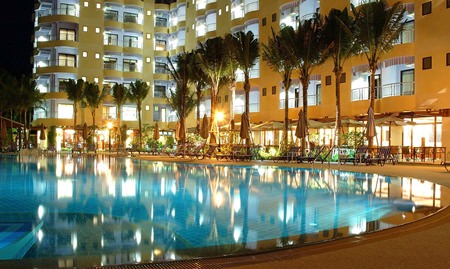There is an urban legend that states you cannot hand hold a camera at a shutter speed slower than 1/60 second. It is time to lay that urban legend to its final resting place. With today’s cameras in particular, you can hand hold right the way down to ½ a second, if you are using the correct technique.
With image stabilization now being commonplace in digital cameras for the past few years, photographers should really experiment more with the slower ranges.
Let’s look at the shutter speed down from the magic 1/60. This is probably the most underused shutter speed ever, and yet it can help make your photographs very much better.

The reason to use 1/15th is to expand the light range in which you can take shots without flash, such as sunsets for example, or to bring out the background, even when using flash. You know the shots taken at a function where you get someone looking like a startled rabbit in blackness, where if you had used a 1/15th shutter speed you would have got a nice mellow background to soften the picture.
Of course there are a few tricks to hand-holding at the slower shutter speeds. The first is to steady yourself and that can be done easily by leaning against a wall or a pole (preferably not a chrome one attached to a go-go dancer). The second is to hold the camera firmly in both hands, take a breath in and hold it and then gently depress the shutter button. I have even shot at ½ a second by holding the camera firmly pressed down on the back of a chair. Take a few as some will have obvious camera shake, but you will get at least one good one.
Try shooting at night with the slower shutter speeds, and you will also see the color changes that occur, with a warm amber shade from the tungsten lighting still used in many interiors.
Still on the numerical approach to photography. There are many f-stops possible to be used by the photographer. F stops after all are only a way of measuring the diameter of the aperture inside the lens, to bring it to its simplest terms. As you go through the usual f-stops of f/8 to f/11 to f/16, you are actually cutting the light down by one half each time. The f stop scale is also an inverse ration, as the bigger the number, the smaller the diameter. There is a good mathematical reason for this, but just believe me.
If you really want to get technical, for example, f/16 means that the aperture diameter is equal to the focal length of the lens divided by sixteen; that is, if the camera has an 80 mm lens, all the light that reaches the sensor passes through a virtual disk known as the ‘entrance pupil’ that is 5 mm (80 mm/16) in diameter. The location of this virtual disk inside the lens depends on the optical design. It may simply be the opening of the aperture stop, or may be a magnified image of the aperture stop, formed by elements within the lens.
The f stop scale is a sliding one, allowing for fractional differences in the light allowed through to the film (or the digital sensors). Most old cameras had an aperture scale graduated in full stops but the aperture was continuously variable allowing the photographer to select any intermediate aperture, and thus it would be possible to shoot at f-anything.
The continuously variable aperture cameras slowly disappeared, when ‘click-stopped’ aperture became a common feature in the 1960s; the aperture scale was usually marked in full stops, but many lenses had a click between two marks, allowing a gradation of one half of a stop.
On modern cameras, especially when aperture is set in the camera body, f-number is often divided more finely than steps of one stop or half a stop. Steps of one-third stop (1/3 EV) are the most common, since this matches the ISO system of theoretical film speeds. Enough technical details! Time to just believe me again and get out there and take photographs.




